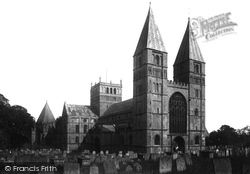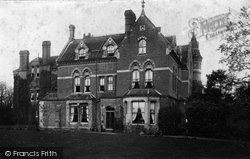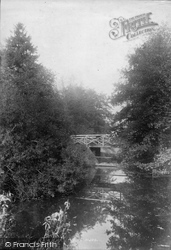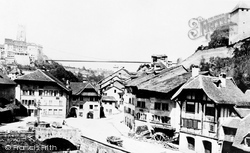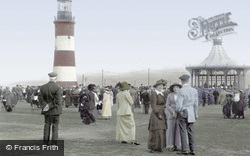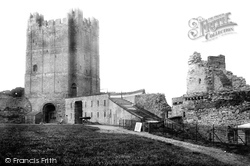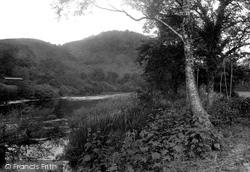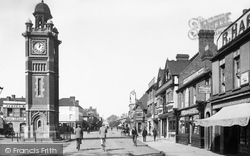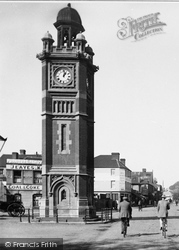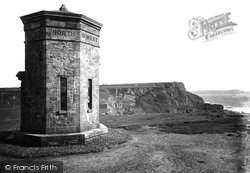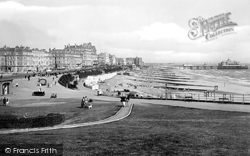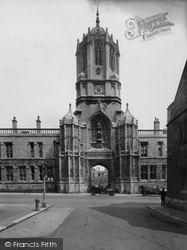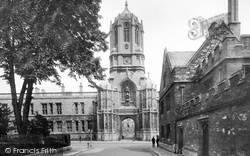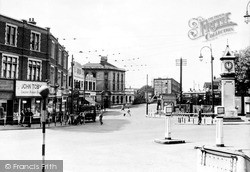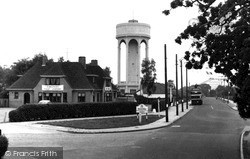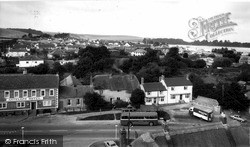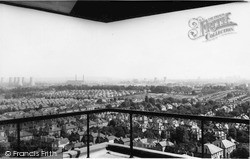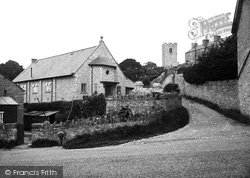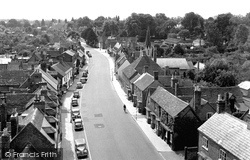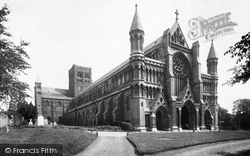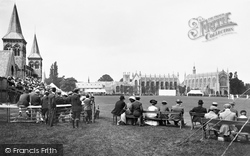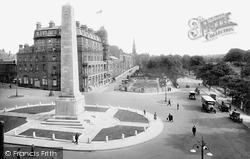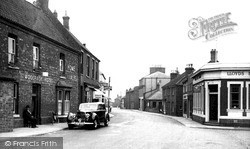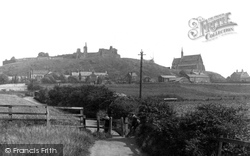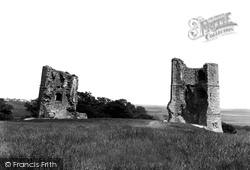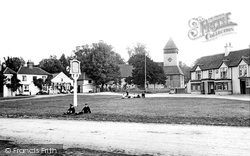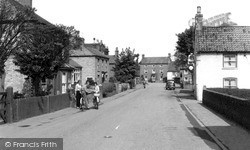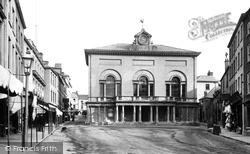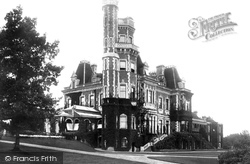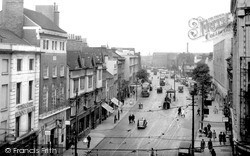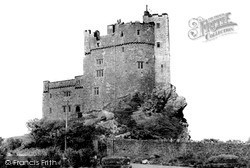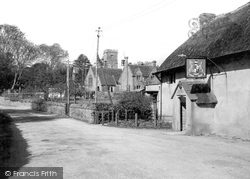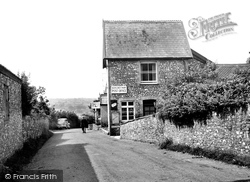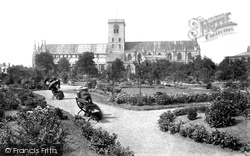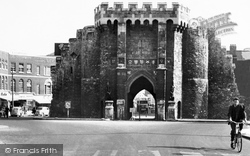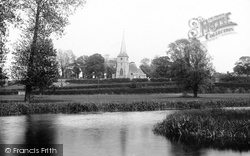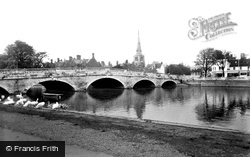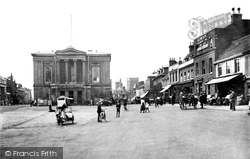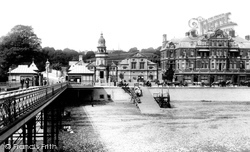Places
36 places found.
Those places high-lighted have photos. All locations may have maps, books and memories.
- Poplar, Middlesex
- Bow, Middlesex
- Bethnal Green, Middlesex
- Stepney, Middlesex
- Alton Towers, Staffordshire
- Isle of Dogs, Middlesex
- Limehouse, Middlesex
- Spitalfields, Middlesex
- Barjarg Tower, Dumfries and Galloway
- Bromley, Middlesex
- Stratford Marsh, Middlesex
- Tower Hill, Merseyside
- Tower Hill, Essex
- St George in the East, Middlesex
- Wapping, Middlesex
- Globe Town, Middlesex
- Old Ford, Middlesex
- Cubitt Town, Middlesex
- Tower Hill, Cheshire
- Tower Hill, Surrey
- Bow Common, Middlesex
- Mile End, Middlesex
- Millwall, Middlesex
- Ratcliff, Middlesex
- Warmley Tower, Avon
- Tower Hill, Hertfordshire
- Tower End, Norfolk
- Tower Hamlets, Kent
- Tower Hill, Devon
- Tower Hill, West Midlands
- Blackwall, Middlesex
- North Woolwich, Middlesex
- Hackney Wick, Middlesex
- Shadwell, Middlesex
- South Bromley, Middlesex
- Tower Hill, Sussex (near Horsham)
Photos
2,720 photos found. Showing results 2,041 to 2,060.
Maps
223 maps found.
Books
1 books found. Showing results 2,449 to 1.
Memories
637 memories found. Showing results 637 to 637.
Captions
3,036 captions found. Showing results 2,449 to 2,472.
The yellow stone and pepperpot turrets of this 19th-century creation make an odd contrast with the solid, red Norman tower over the central transept, but this picture gives a clear impression of
The crowded stand, erected in front of the yellow brick gymnasium with its two towers, indicates that this is probably a match between county teams held during the annual Cheltenham Cricket Festival, rather
We can see two church towers on the horizon: to the left is the 1860 West Park United Reformed church, and behind the trees, looking out over the site of Harrogate's first railway station,
The 13th-century tower windows below the belfry are studded with carved dogtooth mouldings. Beyond is the school of 1874, while the foreground is now occupied by bungalows.
Just off Market Place is the Wainfleet School of 1484, now the public library, another of Lincolnshire's medieval brick buildings, a long first floor hall with giant polygonal towers flanking the west
The castle was remodelled between 1450-57 when a twin-towered gatehouse was added. In 1644 it fell into Parliamentarian hands and was demolished.
This photograph shows the ruins of the two towers at the east end of the curtain wall, the remains of which still stand three storeys high. Hadleigh was a favourite residence of Edward III.
The tower dates from the 15th century, and the vestry from the 16th century. A church was recorded as being on this site in the Domesday Book, when a 'ford' was built over the River Cray.
Next door is the church, with its tower supported by sturdy 15th-century beams. The clock was made in Cromwell's time, and the lychgate dates back over 300 years.
This clock tower was erected in 1872, and dominates this small junction in the town.
Behind the cottages on the left towers the gable of the Methodist church, a grandiose building of 1878 where my great-grandfather was a lay preacher and leading light in the village's thriving
This large and imposing building complete with clock tower, built in something of a Victorian neo-Gothic style, was home to the Town Council and associated bodies.
It was built by Thomas Brassey, a successful railway contractor in a sort of French Second Empire style with French Renaissance overtones, complete with a tall tower.
A selection of buses and the odd tram occupy one of the four gates that surround the clock tower.
Built by Adam de Rupe in the second half of the 13th century, Roch is noted for its distinctive D-shaped tower.
Looking north, from the lane into the village from Miles Cross, 1868-dated Symondsbury School and tower of St John`s Church in the background can be seen.
It has an irregular plan, with the council chamber on the left, the corn exchange behind and the town hall above, with a central clock tower and a carriage archway leading to the
Here we look down East Street towards the Market Hall; Silver Street is beyond, and the church tower can be glimpsed to the right.
Along the way it was abandoned in the dissolution of 1539, the tower collapsed in 1690 and there was a major fire here in 1906. This is now a lost view because of the tree growth in the park.
Over the years it has been a toll-gate, prison, guildhall and museum.The original Norman arch dates back to about 1175, and the tower was added a century later.The upper floor used to be the guildhall
The tower with its wooden spire containing five bells was restored in 1862.
There is some townscape benefit in seeing more of St Paul's Church spire and tower, I suppose.
In the background, a rare town belfry in the shape of the early 15th-century clock tower rises above the roof of a 16th-century building.
The domed tower topped with a weather vane housed the public baths, whilst the grandiose hotel catered for the wealthy merchants.
Places (38)
Photos (2720)
Memories (637)
Books (1)
Maps (223)


